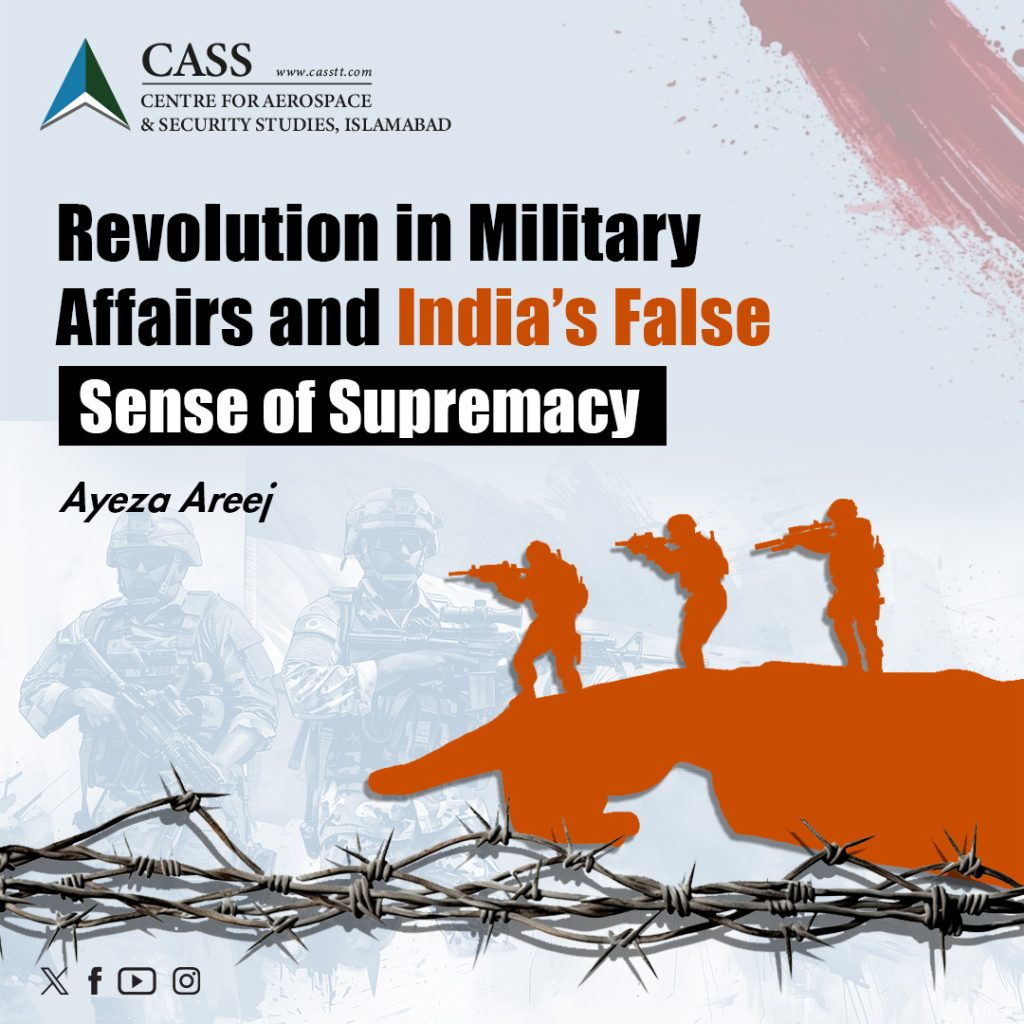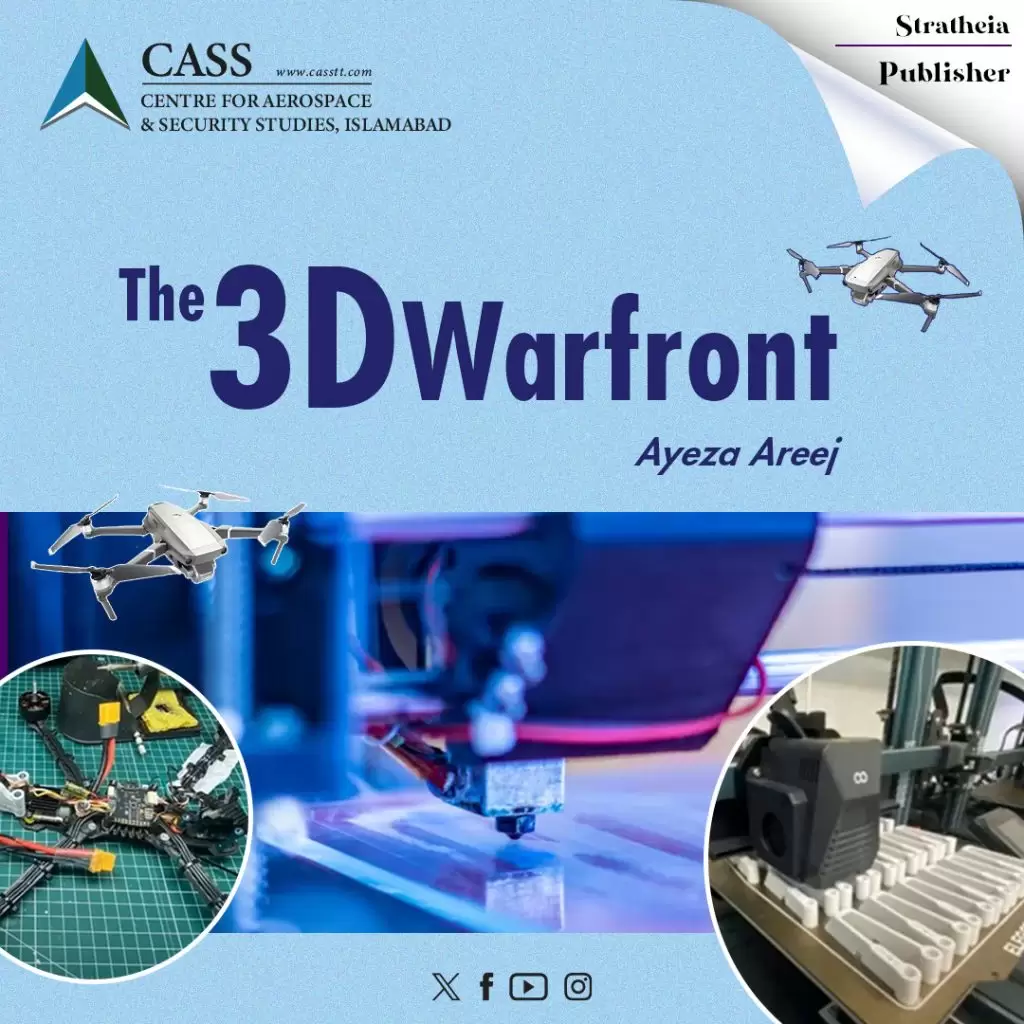Hindustan Aeronautics Limited (HAL) has roots that trace back to the pre-Partition era. It was established seven years before India’s independence. Despite its long history and extensive experience, HAL is more often associated with its shortcomings than its achievements. After independence, the Government of India took over the organisation with the primary goal of manufacturing combat aircraft domestically, aiming to boost self-reliance and reduce dependence on foreign suppliers. However, HAL struggled to meet expectations, which damaged its reputation and had a negative impact on the operational capabilities of the Indian Air Force (IAF).
Notable among its many setbacks are the Tejas light combat aircraft and the HJT-36 Yashas trainer jet, both widely viewed as key failures. The Indian government launched the Tejas project in 1984, but even after four decades, it has yet to emerge as a successful and fully operational platform. Similarly, the HJT-36 Yashas stands as another stark example of HAL’s underperformance. Approved in 1999, the programme aimed for a maiden flight by 2004. However, more than two decades later, the aircraft still falls short of meeting the IAF’s operational standards, with the platform continuing to undergo evaluation.
Several key factors have undermined HAL’s operational efficacy, including supply chain disruptions, exaggerated performance claims, and an overly optimistic institutional mindset. Among these, supply chain challenges have had the most direct impact on HAL’s ability to deliver on time, as timely production depends heavily on the punctual arrival of critical components. A prominent example is the year-long delay in the delivery of GE-404 engines, which significantly affected the production timeline of the Tejas Mk 1A. Without the engines, HAL was unable to proceed with aircraft delivery, highlighting the vulnerability of its supply chain and its broader implications for project execution
In addition, HAL’s bureaucracy has shown an overly optimistic mindset, which has affected its ability to comprehend underlying problems. This behaviour was recently exposed by the IAF Chief who outright rejected HAL’s ‘mindset’. Besides, HAL has a history of exaggerating assertions. HAL claimed to provide 16 Tejas Mk-1A to the IAF during fiscal year 2024-25 but so far has failed to do so. At the beginning of this year, the IAF Chief raised concerns about the company’s manufacturing capability and ability to deliver the systems on time. In this context, he referred to Tejas combat aircraft for which HAL failed to deliver 40 airframes in a four-decade timeline. Subsequently, at Aero-India 2025, he again declared that he was not ‘confident of HAL’. These back-to-back critiques underscore the lack of IAF trust in India’s aviation giant.
With the unavailability of new aircraft and phasing out of the vintage fleet, the IAF is facing a shortage of modern combat fighter planes. The IAF expects that the Tejas MK-1A will replace its aging fleet, comprised of 31 operational combat squadrons. However, due to the delayed supply of Tejas MK-1A, the IAF is struggling to maintain its desired strength of 42 squadrons. This situation also implies that the Tejas MK-II will not become operational soon, thus hampering IAF modernisation efforts. Moreover, the delay has also put a strain on the IAF’s Su-30, Mirage 2000, and Rafael fighters because they need to fly for extended hours, thus increasing their maintenance duration, which can affect operational readiness.
A common fallacy, frequently propagated by HAL, ascribes these delays to problems in the supply chain. This constitutes a misrepresentation of the facts. It is essential to note that HAL itself provided the delivery timeline of the first 40 Tejas aircraft. The GE-404 engines for the Tejas Mk 1 model and other aircraft components were delivered on time to HAL. The delay mostly arises from HAL’s internal issues instead of external impediments. One key factor behind this has been the company’s monopoly over the domestic aviation industry because no peer competitor exists. To cater to this, the Indian government has been working on attracting investments from the private sector towards the country’s aviation industry.
Amid growing criticism, HAL has changed its approach by collaborating with the private sector to address long-standing bottlenecks. A key step in this direction is the operationalisation of a third production line at its Nashik facility, which adds the capacity to produce eight aircraft annually raising HAL’s total production capability to 24 aircraft per year. The company is expected to deliver the first Tejas Mk-1A within the next week or two or so we’re told.
The Tejas episode has exposed HAL’s manufacturing capability challenges, demonstrating that it cannot build an Indigenous fighter on its own, contrary to what the organisation has claimed so far. For decades, HAL has successfully concealed its deficiencies under the garb of India’s self-reliance policy. However, the truth has come out as illustrated by the remarks of the IAF Chief. The organisation’s recent pledge to manufacture 24 aircraft per year sounds ambitious but given its past record, this promise seems a bridge too far. The forthcoming two to three years will determine whether the company will continue to be a liability or become a vital asset for the IAF.
Usman Haider is a Research Assistant at the Centre for Aerospace & Security Studies (CASS), Islamabad, Pakistan. He can be reached at [email protected].





